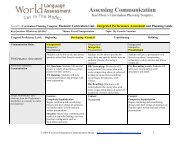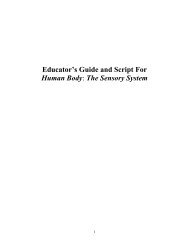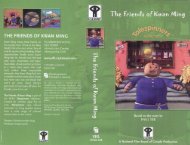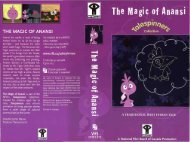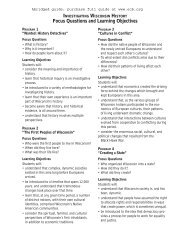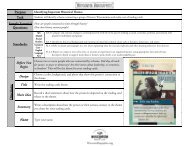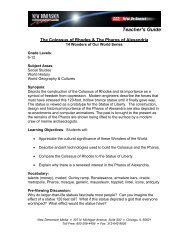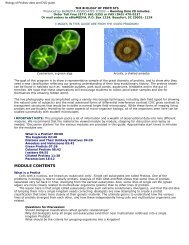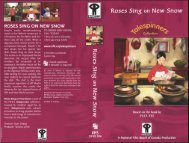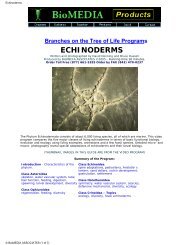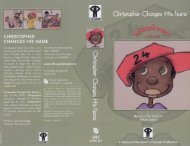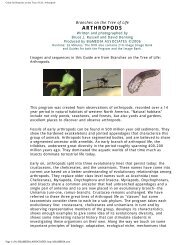Elements, Compounds, Mixtures
Elements, Compounds, Mixtures
Elements, Compounds, Mixtures
You also want an ePaper? Increase the reach of your titles
YUMPU automatically turns print PDFs into web optimized ePapers that Google loves.
<strong>Elements</strong>, <strong>Compounds</strong>, and <strong>Mixtures</strong><br />
Name<br />
Comparing <strong>Compounds</strong><br />
Even though it doesn’t seem possible our bodies, as well as this piece of<br />
paper, and the chair you are sitting on, are made up of millions of tiny particles.<br />
These particles are too small to be seen with the naked eye. In fact, millions of<br />
these particles would fit into the head of a pin! These tiny particles are called atoms.<br />
Atoms are often referred to as the building blocks of matter. An atom is the smallest<br />
part of an element that still has all the properties of that element. As you recall, an<br />
element is a pure substance which is made up of a single kind of atom. There are<br />
over 100 known elements on Earth.<br />
Every time you drink a glass of milk, sprinkle salt on your food, and eat an<br />
apple you are eating chemical compounds. Almost everything we eat, touch, and<br />
see is made up of chemical compounds. But what exactly is a chemical compound?<br />
A compound is a substance that is made up of two or more elements that are<br />
chemically combined.<br />
In this activity you will investigate some of the characteristics of both elements<br />
and compounds. Remember to use caution when performing the experiment in this<br />
investigation. Record your data neatly, and answer the questions at the conclusion<br />
of the activity.<br />
Materials: safety goggles, iron filings, powdered sulfur, paper towel, magnet, plastic<br />
bag or plastic wrap, heat source (Bunsen burner or candle), test tube, test tube<br />
tongs, container with cold water<br />
Directions:<br />
1. Obtain a small amount of powdered sulfur. Place it on a piece of paper towel and<br />
carry it back to your desk.<br />
2. Take a few minutes to make some observations about the element sulfur. Record<br />
your observations in the data table. What is its color? What does it feel like?<br />
Describe its texture. What does it smell like? Don’t put your nose too close to it<br />
to smell it! Record your observations in the data table.<br />
3. Use a plastic bag or plastic wrap to cover the magnet. Touch the covered<br />
magnet to the sulfur and record your observations.<br />
4. Next obtain a small amount of iron filings and place them on a different paper<br />
towel. Carefully take them to your desk.<br />
5. Take a few minutes to make some observations about the iron. Record your<br />
observations in the data table.<br />
6. Draw the magnet toward the iron filings. Record your observations.<br />
®2005<br />
25



